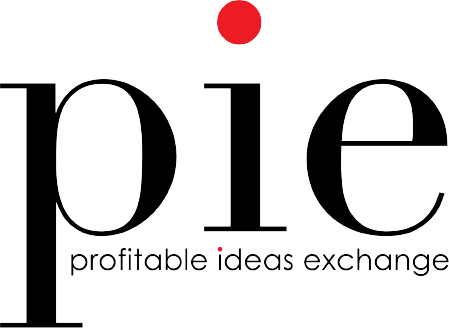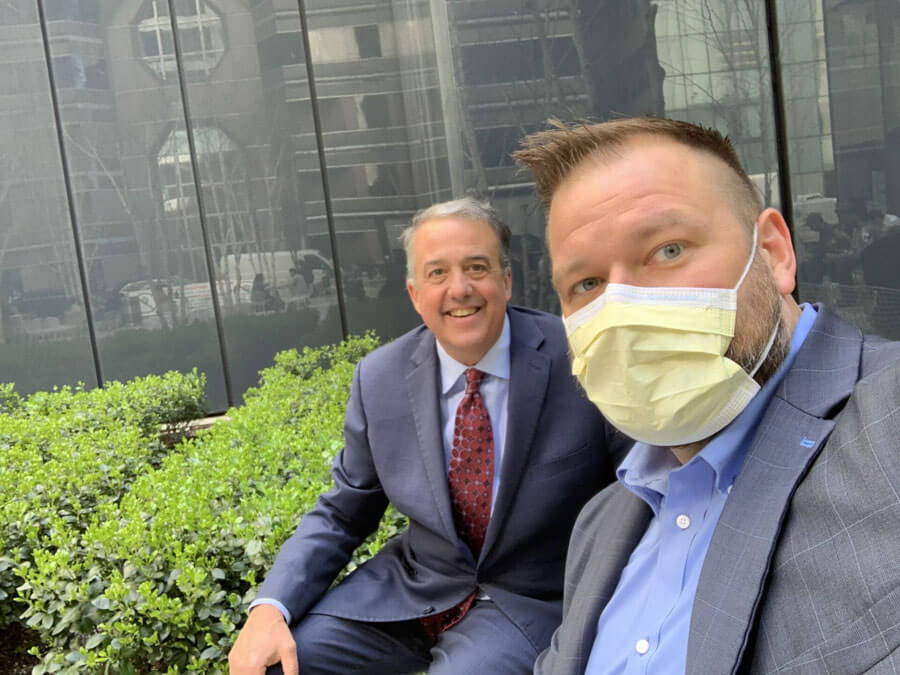I just booked my first business development trip to New York in fifteen months. In 2019, I was in the City every other month; then COVID grounded me and taught me the fine art of Zoom backgrounds and Teams chat.
As we graduate from our first no-mask Independence Day, it is worth asking the question, “What is the future of business development travel in a world in which teleconferences are all but ubiquitous?”
- Will anyone agree to set time with me in NYC?
- Will some insist on a teleconference, hoping to avoid the commute into Grand Central Terminal?
- Should I ask what their “Return to Work” policy is?
- Does “live and in person” make any difference, or is a session on the laptop with someone I don’t know the same thing?
- Is traveling for business development a thing of the past? If not, under what conditions is it still the right choice?
As we return to a sense of pre-pandemic normalcy, with airline travel picking up and employees returning to offices, what are the implications for professional services pros who are torn between the efficiency of using video to connect with would-be clients and knowing that “breaking bread” with a potential client has, heretofore, been the surest path to new work?
Here’s what we know:
- When “making new friends” with potential executives whom we might serve with our expertise, we climb a relationship ladder. It is like dating. We start with coffee or lunch. No pressure. Only after we spend time together do we graduate to dinner or a fly-fishing trip down the Yellowstone.
- This trust – the fundamental predicate to engagement – is a function of the time and intensity of a relationship. Did you successfully work with a client for two years on a previous high consequence engagement? If so, this client likely feels like you have their back.
- Human beings typically yearn for a little guidance deciding who to trust. Perhaps a common interest, or a referral from a friend. Most assuredly, we rely on face-to-face interactions to take measure of those with whom we will work. Subconsciously, we are able to process a variety of data when we see a person, in person, what Malcom Gladwell called “thin slicing.” Are their shoes scuffed? Do they break eye contact when they say they have budget? Do they show their colleagues respect?
- Teleconferences often end without a sense of completion. Participants begin to tune out in the last few minutes of the call, checking their email for urgent needs, and mentally preparing for their next call. On the contrary, when everyone has made the commitment to dress up, go into the office, and meet in person – they are more giving of their time, often allocating 90 minutes or even blocking enough time to share a meal as opposed to 60 minutes which seems like the maximum time allotment for a virtual appointment. They are also more giving of themselves, of leaning into the conversation and the relationship, resulting in a higher close rate for new business.
Knowing this, business development for expert services is likely to look like the following going forward:
- A warm introduction or a cold email,
- An initial teleconference call,
- More calls by way of follow up,.
- Proposals and draft scopes of work being swapped back and forth,
- And a visit, if needed.
So, here are the rules I follow when deciding if a trip is not necessary:
- If I have successfully worked with a would-be client before,
- I have known them for more than ten years,
- I have met them in person once before,
- I was enthusiastically recommended by someone they trust and respect highly, like their boss,
- The deal is of low consequence – either small dollar or unimportant in scope,
- If any of the above ring true, then I know I do not need to travel.
In all other cases, I need to trundle to the airport and jump on the jet. Travel will make the difference. Yes, capricious business development is gone for good, but so too is it true that the first-time your competitor wins a book of business because they bothered to show up at a potential client’s worksite when you did not, travel won’t seem like some hopeless anachronism.
Bottom line: While travel is much less necessary than it once was and the power of teleconferencing for business has forever improved, being face-to-face still plays a vital role in building trust with those whom you WANT to serve. That means 2022 will likely see you trading your Elite status for a lower tier, but not forfeiting free drinks and upgrades completely. Travel will continue to be part of how you drive business development now and into the future.
Relax, stow your roller board, turn to chapter three of Never Say Sell, and enjoy the flight.


